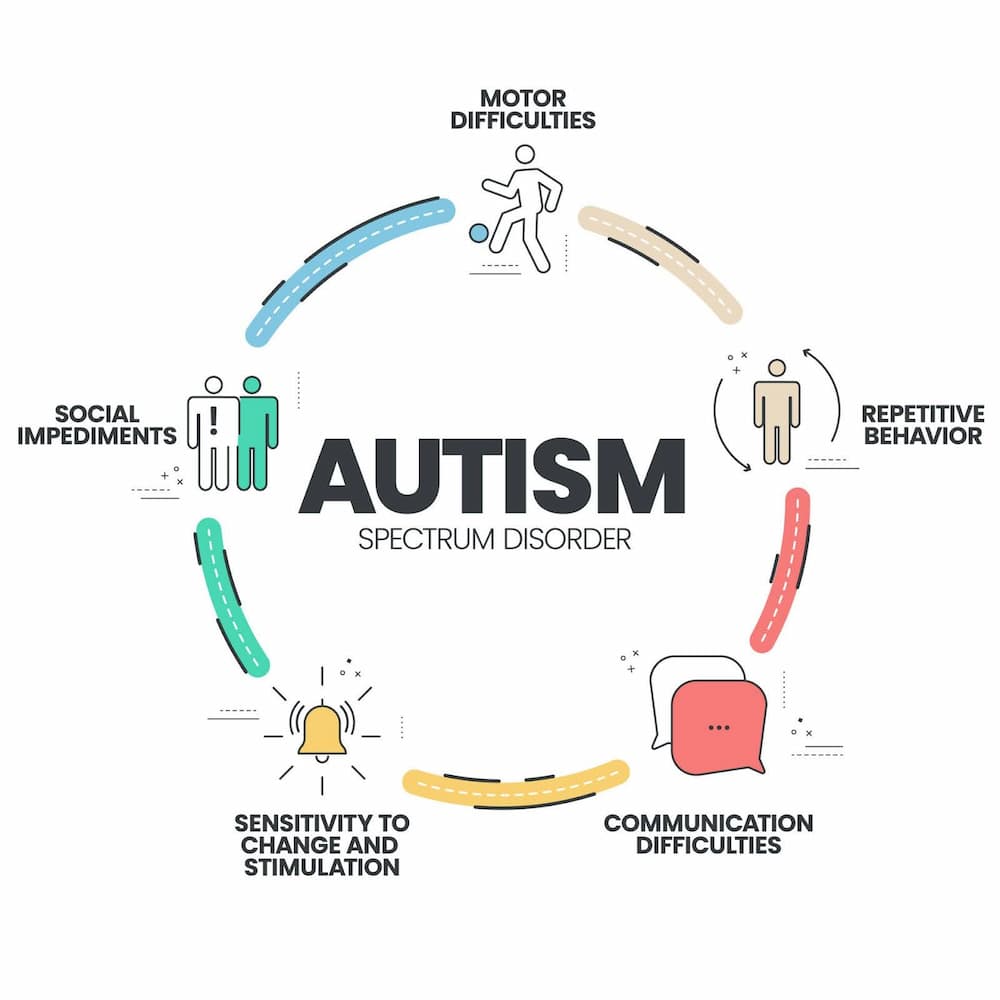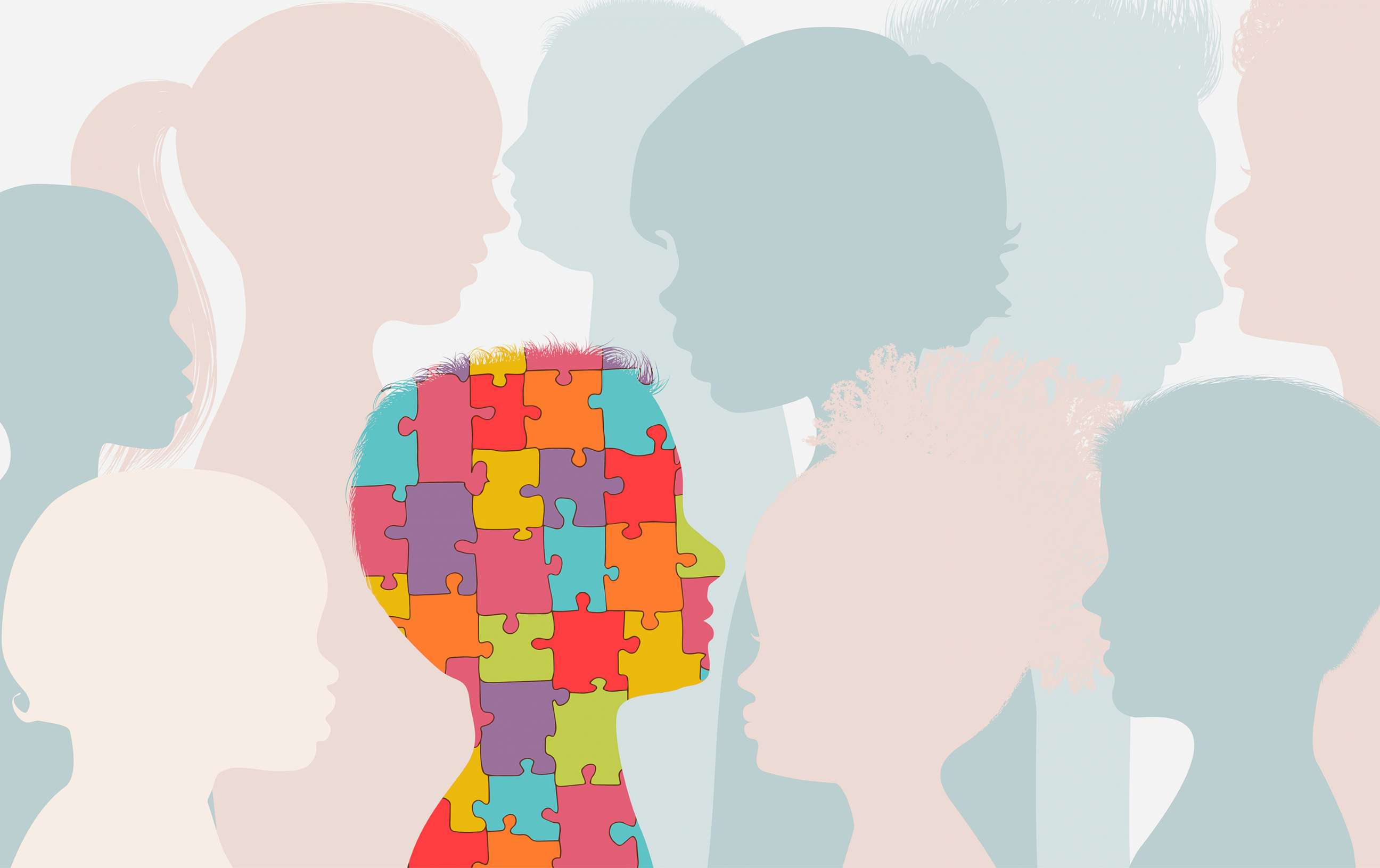Cutting-edge Treatments and Therapies: Breakthroughs in Autism Research
Cutting-edge Treatments and Therapies: Breakthroughs in Autism Research
Blog Article
Understanding Autism: A Comprehensive Guide to Symptoms And Signs
Autism Range Disorder (ASD) incorporates a large array of features that can considerably influence an individual's social interactions and day-to-day performance. Understanding these nuances not just aids caretakers and instructors in giving ideal support however additionally cultivates an extra comprehensive setting for individuals with ASD.
Review of Autism Spectrum Problem
Specifying Autism Range Disorder (ASD) involves recognizing it as an intricate neurodevelopmental problem defined by a variety of challenges in social communication, interaction, and behavior patterns. The term "spectrum" reflects the broad variability in symptoms and their intensity, which can differ considerably from one individual to one more. ASD normally shows up in early youth, although some individuals may not get a diagnosis until later in life.
Variables influencing the growth of ASD consist of genetic tendencies and ecological aspects, although the exact causes stay under investigation. Diagnosis often relies upon behavioral assessments, as there are no definitive medical examinations for ASD. Early intervention is crucial and can substantially boost outcomes, focusing on enhancing communication abilities, social interactions, and adaptive actions.
Individuals with ASD may additionally exhibit distinct strengths, such as remarkable attention to detail or specific areas of expertise. Understanding the diverse nature of ASD is vital for promoting a comprehensive environment that suits neurodiversity. Proceeded research is crucial for developing effective interventions and support systems, enabling individuals with ASD to flourish and satisfy their prospective within society.
Typical Indicators of Autism
Acknowledging the typical indications of Autism Range Condition (ASD) is important for very early identification and intervention. These indications can differ extensively in severity and presentation, yet specific attributes are often observed in people with ASD.
Among one of the most widespread signs is a marked difficulty in establishing and keeping eye get in touch with. Individuals may likewise display minimal passion in social interactions and show a preference for singular play. Repetitive habits, such as hand-flapping, rocking, or rotating items, typically arise early in childhood years. Additionally, some kids may establish rigorous routines and become distressed if these routines are disrupted.
Sensory level of sensitivities are additionally typical; individuals may underreact or overreact to sensory stimulations, such as audios, lights, or appearances. autism. Language advancement can be atypical, with some kids displaying postponed speech or using language in unusual means, consisting of echolalia-- repeating phrases or sentences heard elsewhere
It is important to keep in mind that not every individual with ASD will certainly display all these indicators, and the degree of these actions can differ considerably. Early acknowledgment permits prompt support and sources, enhancing the lifestyle for those on the spectrum.
Social Interaction Challenges
Social communication obstacles are a hallmark of Autism Range Disorder (ASD), affecting a person's ability to engage successfully with others. These difficulties can materialize in numerous ways, including difficulties in initiating and maintaining discussions, recognizing social cues, and responding properly in social communications.
People with ASD may have problem with nonverbal communication, such as eye get in touch with, faces, and body language. This can cause misconceptions, as their communicative intent may not be properly analyzed by others. Additionally, they may discover it hard to navigate to this site grasp the nuances of tone and context, which are crucial for effective communication.
In group settings, individuals with ASD may feel overwhelmed and Recommended Reading may not understand exactly how to join in conversations (autism). They may likewise exhibit atypical conversational patterns, such as monologuing regarding particular rate of interests without acknowledging social reciprocity
Additionally, these difficulties can lead to social isolation or difficulties in forming connections, as peers may misinterpret their behavior or communication design. Recognizing these social interaction obstacles is vital for cultivating supportive environments that promote social skills growth and improve the high quality of interactions for people on the autism range.
Sensory Feedbacks and level of sensitivities
Lots of individuals with Autism Range Condition (ASD) experience heightened sensory level of sensitivities that can dramatically affect their day-to-days live. These level of sensitivities may manifest as over-responsiveness or under-responsiveness to sensory stimulations, including sounds, lights, structures, tastes, and scents. For example, an individual with ASD may locate daily sounds, such as a hoover or crowded environments, extremely upsetting, leading to stress and anxiety or meltdowns. Alternatively, some may display an indifference to discomfort or extreme temperature levels, which can pose security problems.
Sensory processing differences in individuals with ASD can additionally influence their ability to involve in social interactions and regular tasks. A child that is sensitive to touch may stand up to physical affection or prevent certain garments fabrics. A choice for specific textures or tastes can restrict dietary choices and produce challenges during nourishments.
Recognizing these sensory level of sensitivities is essential for identifying the unique experiences of individuals with ASD. Awareness of their sensory profiles can foster far better interaction and assistance approaches, developing an atmosphere that suits their needs and improves their top quality of life. Ultimately, acknowledging sensory level of sensitivities is a crucial element of understanding the wider spectrum of autism.

Supporting Individuals With Autism
Efficient assistance for people with Autism Spectrum Condition (ASD) is important for enhancing their total health and fostering independence. Assistance approaches read review need to be tailored to fulfill the special needs of each person, considering their toughness and difficulties.

Social abilities training can also play an essential function. autism. Engaging individuals in team tasks or role-playing scenarios can boost their capability to navigate social interactions. Additionally, it is necessary to enlighten relative, caregivers, and peers concerning ASD to promote a supportive and inclusive neighborhood
Final Thought
By fostering boosted interaction and social skills, individuals with autism can browse their environments extra efficiently. Ultimately, raised awareness and support can considerably boost the quality of life for those influenced by ASD.
Autism Range Condition (ASD) incorporates a wide variety of qualities that can dramatically impact an individual's social communications and day-to-day performance.People with ASD might struggle with nonverbal interaction, such as eye get in touch with, facial expressions, and body language.Lots of individuals with Autism Range Disorder (ASD) experience heightened sensory sensitivities that can dramatically influence their daily lives.Sensory processing differences in individuals with ASD can likewise impact their capacity to involve in regular activities and social communications.Understanding these sensory sensitivities is crucial for identifying the unique experiences of individuals with ASD.
Report this page